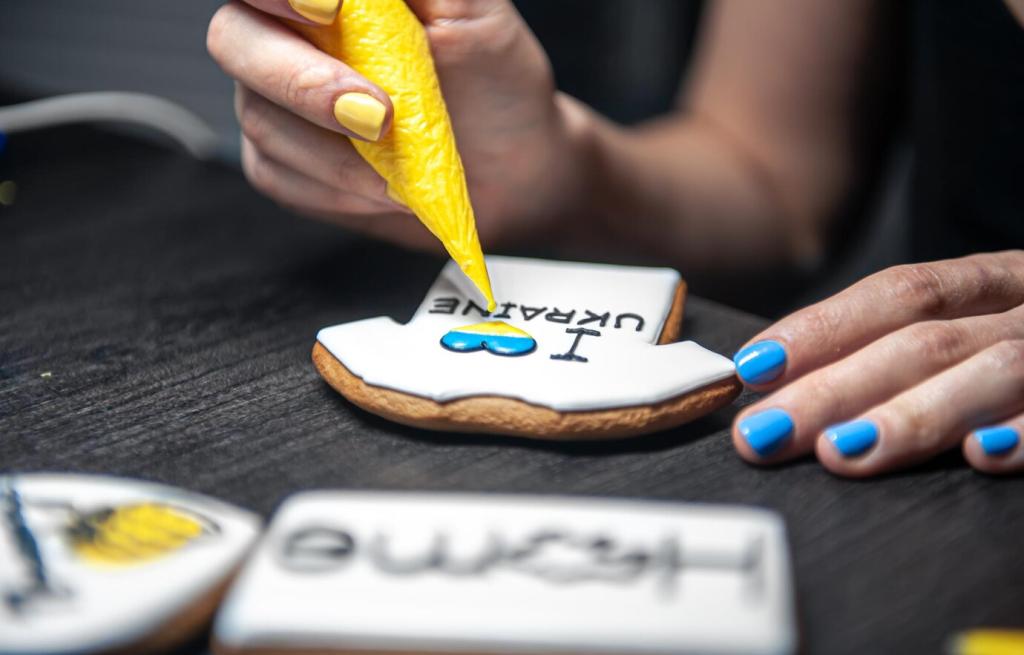DIY Plant Care Kits for Starters: Build Confidence, Grow Joy
Chosen theme: DIY Plant Care Kits for Starters. Welcome! This friendly home base helps you assemble a practical, budget‑wise kit so your first plants thrive. Explore step‑by‑step guides, real stories, and easy wins. Share your kit photo, ask questions, and subscribe for fresh beginner‑friendly plant tips every week.

What Belongs in a Beginner’s Plant Care Kit
Pack a narrow‑spout watering can for precision, a fine mister for humidity lovers, soft brush for dusty leaves, pruning snips for tidy trims, a moisture meter to double‑check soil, microfiber cloth for shine, and plant labels with a pencil so water or sun never erase your notes.
What Belongs in a Beginner’s Plant Care Kit
Stock a small bag of all‑purpose potting mix, a pouch of perlite for drainage, coco coir for moisture balance, a handful of orchid bark for aroids, and a jar of activated charcoal to keep mixes fresh. Store everything in zip bags to control spills and maintain consistent moisture.



Shop your home first
Repurpose a shoebox, lunchbox, or cleaning caddy for storage. Borrow measuring spoons for fertilizer, a squeeze bottle for precise watering, and a small paintbrush for soil cleanup. Thrift stores often have cheap, sturdy containers. Your kit can be thoughtful, compact, and very budget‑friendly from day one.
Label like a pro
Use waterproof labels and a pencil so notes never wash away. Mark each plant’s light preference, watering cue, and last repot date. Color‑code tools by task to save time. Slip a simple care card in your kit to track observations, seasonal changes, and the little victories worth celebrating.
Pack for portability
Divide your caddy into quick‑grab sections: watering, cutting, cleaning, and soil. Keep blades sheathed, liquids upright, and mixes sealed. Tuck silica gel packets to reduce moisture. If you share space, choose a box that closes securely. A portable kit encourages routine checks and prevents scattered, forgotten tools.
Use the finger test to gauge the top two inches, then confirm with a moisture meter deeper in the pot. Check drainage holes for lingering wetness. Consider pot size and material; terracotta dries faster than plastic. Note how sunlight and airflow change the soil’s drying time throughout the week.
Watering Wisdom for New Plant Parents
Create a weekly check routine rather than fixed watering days. Record observations—light, temperature, and growth affect thirst. Water thoroughly, then let excess drain. Adjust for seasons: plants sip more in spring and summer, less in winter. Your kit’s log keeps habits flexible, reliable, and low‑stress.
Watering Wisdom for New Plant Parents
Soil, Pots, and Repotting Without Fear
Succulents prefer fast‑draining mix: two parts cactus soil, one part perlite. Tropical foliage enjoys airy blends: two parts potting mix, one part bark, one part perlite. Herbs appreciate light, evenly moist soil. The right structure supports roots, prevents compaction, and invites steady, resilient growth all year.

Soil, Pots, and Repotting Without Fear
Pre‑moisten mix, choose a pot one size up, and cover the drainage hole with mesh. Gently loosen roots, trim dead pieces, settle the plant, and backfill without smothering the crown. Water lightly to set the soil. Finish with a wipe‑down and label update—future you will thank present you.



Starter Kits Tailored to Plant Personalities
Pack a tiny squeeze bottle, fast‑draining mix, extra perlite, and tweezers for precise cleanup. Skip heavy misters. Add terracotta pots and bright‑light notes. Water deeply but infrequently, then let soil fully dry. A paintbrush tidies sandy grit, while labels remind you not to fuss between checkups.


Starter Kits Tailored to Plant Personalities
Include a mister, moss pole or soft ties, airy mix with bark, and a hygrometer. Add neem spray for leaf care and a soft cloth for weekly wipe‑downs. Gentle pruning snips encourage branching. Record how vines respond to brighter light shelves versus diffused corners to refine placement effortlessly.



Troubleshooting Add‑Ons to Consider
Keep yellow sticky traps to monitor gnats, a dedicated spray bottle for diluted neem or soap, and a soft toothbrush for mealybugs. Quarantine new plants for a week. Note sightings and treatments in your log. Early, calm action keeps infestations small and your confidence wonderfully intact.
